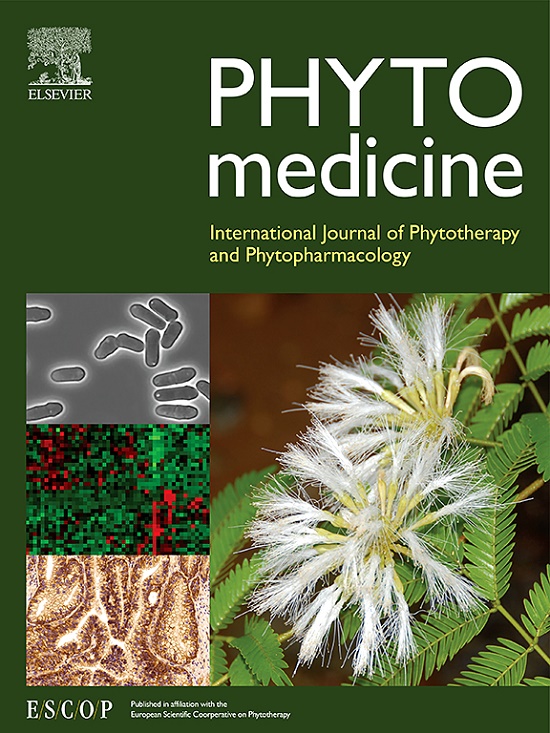TaoHeChengQi Decotion alleviate chronic renal failure via regulation of PHD2/UCP1 and RIPK3/AKT/TGF-β pathway
IF 6.7
1区 医学
Q1 CHEMISTRY, MEDICINAL
引用次数: 0
Abstract
Ethnopharmacological relevance
Chronic renal failure (CRF) is a late stage in the development of chronic kidney disease (CKD). Currently, there are no specific clinical drugs available. Traditional Chinese medicine (TCM), as a holistic therapeutic approach, may provide new strategies to improve the clinical management of CRF.
Aim of the study
This study aimed to investigate the ameliorative effect of TaoHeChengQi Decoction (THCQD) on CRF and to elucidate its potential mechanism.
Materials and methods
Animal experiments were performed using 5/6 nephrectomy to establish a model of renal failure in rats, and serum, urine, and kidney samples were collected for study after low, medium, and high doses of (2, 4, and 8 g/kg) of THCQD were given by gavage for 8 consecutive weeks. Cellular experiments were performed using Ang II or TGF-β to stimulate HK-2 cells to produce symptoms similar to those of renal failure in vivo to evaluate the ameliorative effect and mechanism of THCQD. After clarifying the chemical composition of THCQD Tang, this study explored the pathogenesis of the disease by mass spectrometry-based proteomics technology, and used affinity ultrafiltration mass spectrometry, surface plasmon resonance, DARTS, and CETSA to investigate the pharmacological material basis of the compound, which was verified by immunoblotting and and immunofluorescence staining experiments.
Results
THCQD attenuated renal injury, renal fibrosis and oxidative stress indices in serum (urine or kidney tissue) of CRF rats. Cellular experiments confirmed that THCQD also protected HK-2 cells from Ang II or TGF-β-induced injury. The mechanism of action was found to be related to the PHD2/UCP1 and RIPK3/AKT/TGF-β pathways by proteomic studies and verified by immunoblotting experiments. In addition, the pharmacodynamic material bases of PHD2/UCP1 and RIPK3/AKT/TGF-β pathways were confirmed to be amygdalin (Amy) and rhein (Rhe), respectively, by AUF-MS, SPR, CETSA and DARTS.
Conclusion
THCQD synergistically ameliorates 5/6 nephrectomy-induced CRF by activating PHD2/UCP2-mediated autophagy and targeting RIPK3 and its downstream TGF-β pathway. The basis of the synergistic effects of the above signaling pathways are Amy and Rhe, respectively.

求助全文
约1分钟内获得全文
求助全文
来源期刊

Phytomedicine
医学-药学
CiteScore
10.30
自引率
5.10%
发文量
670
审稿时长
91 days
期刊介绍:
Phytomedicine is a therapy-oriented journal that publishes innovative studies on the efficacy, safety, quality, and mechanisms of action of specified plant extracts, phytopharmaceuticals, and their isolated constituents. This includes clinical, pharmacological, pharmacokinetic, and toxicological studies of herbal medicinal products, preparations, and purified compounds with defined and consistent quality, ensuring reproducible pharmacological activity. Founded in 1994, Phytomedicine aims to focus and stimulate research in this field and establish internationally accepted scientific standards for pharmacological studies, proof of clinical efficacy, and safety of phytomedicines.
 求助内容:
求助内容: 应助结果提醒方式:
应助结果提醒方式:


